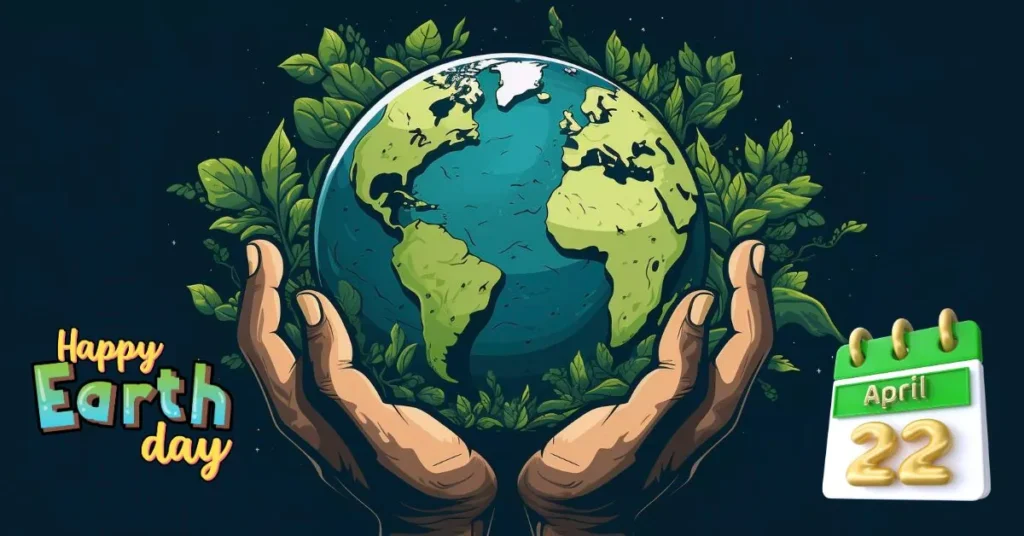
The main researcher studying why Dubai experienced flooding from heavy rain pointed out that climate change is making floods, droughts, and heavy rainfall worse all around the world.
One of the top climate scientists emphasized that tackling climate change should be the world’s top priority over conflicts like wars. Friederike Otto, a senior lecturer at London’s Imperial College, warned that India needs to brace itself for deadly heatwaves and related disasters. She explained in an interview with Jayashree Nandi that the climate emergency is making floods, droughts, and heavy rain worse worldwide. This scientist, who’s investigating the causes of Dubai’s flooding from excessive rain, highlighted how the climate crisis is supercharging these extreme weather events.
We’ve begun a study to figure out how much climate change made the rainfall in Dubai heavier. We’re aiming to share our findings by Thursday or Friday.
Could you give us recent examples of how climate change supercharged heavy rainfall and storms? Could you also give examples of how arid regions are becoming drier and seeing unprecedented floods at the same time?
Last year, Kenya, Ethiopia, and Somalia experienced severe flooding due to heavy rainfall, resulting in tragic loss of life and displacement of millions. Our research uncovered that climate change played a significant role in doubling the intensity of this rainfall.
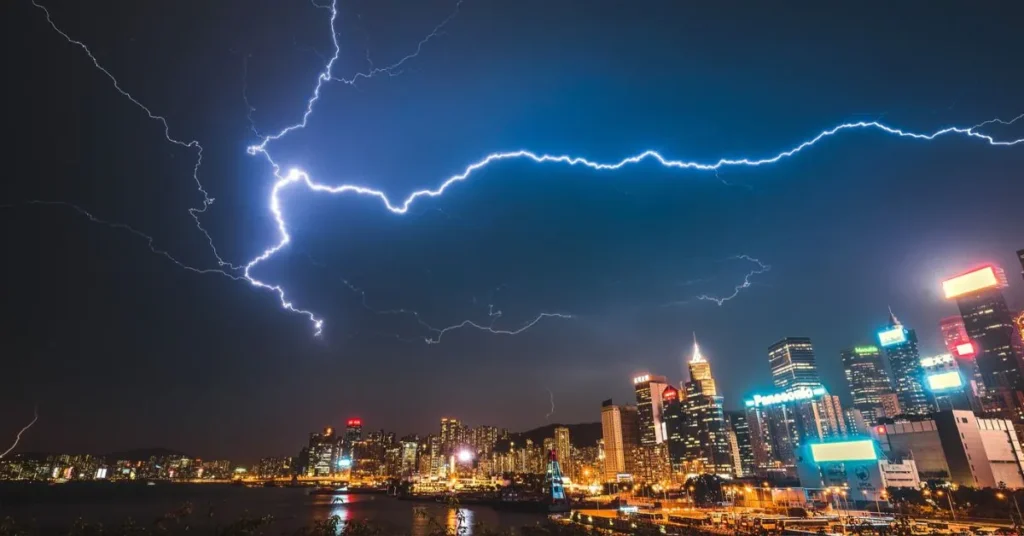
Before the flooding, the region endured a prolonged drought lasting two and a half years, which exacerbated the situation by causing crop failures and widespread food shortages affecting tens of millions of people. Our findings also revealed that climate change intensified the drought to an alarming degree, making it at least 100 times more severe.
This pattern of consecutive extreme weather events is unfortunately becoming more common worldwide. Many regions are witnessing hotter summers, leading to increased risks of heatwaves, wildfires, and droughts. Simultaneously, winters are becoming wetter, heightening the potential for devastating floods. These trends underscore the urgent need for global action to address the impacts of climate change and to implement strategies for adaptation and resilience in vulnerable communities.
Read More: What are the 7 stages of vascular dementia? Causes and Risk Factors
We have seen 10 straight months of record temperatures globally. Did we also see a rise in extreme weather events during this period?
While there aren’t universally agreed-upon definitions or specific thresholds for different types of extreme weather events, there hasn’t been a comprehensive study examining the number of extreme weather events in the past year or so. However, there has likely been an uptick in these events simply because it was the hottest year on record. The soaring temperatures have significantly heightened the chances of heatwaves, droughts, wildfires, and heavy rainfall occurring.
Read Also: In Ecuadoran Amazon, butterflies play a key role in combating climate change
We are likely to breach the 1.5 degrees Celsius threshold of the Paris Agreement in the next few years. How should the world prepare for the climate extremes?
It’s crucial to understand that the 1.5°C target is a political goal. While it’s true that at 1.5°C of warming, we can expect more severe extreme weather events and other impacts of climate change, such as glacier melt, compared to conditions at 1.3°C or 1.4°C, it doesn’t mean that surpassing 1.5°C will bring about the end of the world. However, even a fractional increase in temperature will significantly escalate the dangers, costs, and unpredictability of life on Earth.

Keeping global warming within the range of 1.5°C to 1.7°C is much safer than allowing it to reach 2°C. Therefore, people shouldn’t resign themselves to a sense of doom if we surpass 1.5°C. Instead, efforts should be directed towards preventing surpassing this threshold and striving for a lower temperature increase, such as 1.6°C. Ignoring the issue and continuing with minimal action could lead to a temperature rise of 3°C or more, which would have far more devastating consequences.
The world remains highly susceptible to climate extremes, evident from the ongoing loss of lives and destruction caused by heatwaves, floods, fires, and storms. Buildings are still being demolished, and farms are being devastated. Our adaptation to climate change hasn’t kept pace with the rapid escalation of these extreme events. Therefore, alongside efforts to reduce greenhouse gas emissions, the world must enhance its resilience to extreme weather events.
We know that emissions are continuing to rise instead of a reduction of 43% by 2030 as recommended by the Intergovernmental Panel on Climate Change to achieve the Paris pact goals. What would be your message to the international community, which is busy with war and other geopolitical matters?
Climate change persists even during times of conflict. It’s not merely an additional issue alongside the cost-of-living crisis; rather, it’s intricately connected to these other challenges. Halting the worsening of the climate crisis will bolster solutions to these concurrent crises, ultimately making life more affordable, healthier, and safer for everyone. Given its existential threat to humanity, addressing climate change must remain at the forefront of the world’s priorities. This is a long-term issue necessitating long-term solutions.
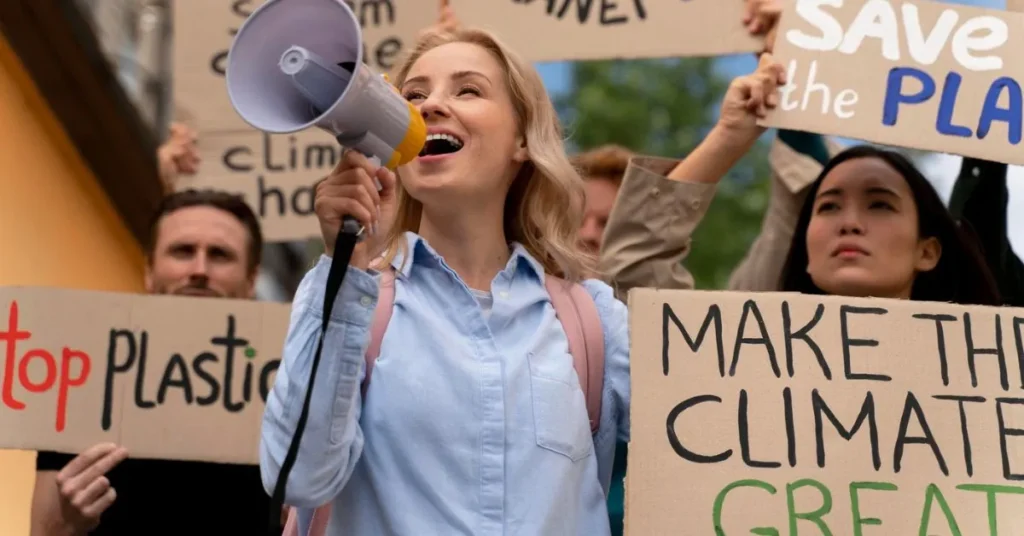
The foremost action the world must take is to cease burning fossil fuels and transition to renewable energy sources. Continuing to rely on oil, gas, and coal will only perpetuate rising global temperatures, the intensification of extreme weather events, and the loss of vulnerable lives. Additionally, food prices will continue to skyrocket for all if we do not make this critical shift.
How vulnerable is India to climate extremes? What adaptation measures are needed for the most vulnerable and by when?
India faces a significant challenge with heat due to millions living in poverty and enduring extremely hot summers. Heatwaves are among the deadliest forms of extreme weather, often termed as silent killers. Unlike fires or floods, the impacts of heatwaves are not always visible, and heat-related deaths are not consistently recorded.
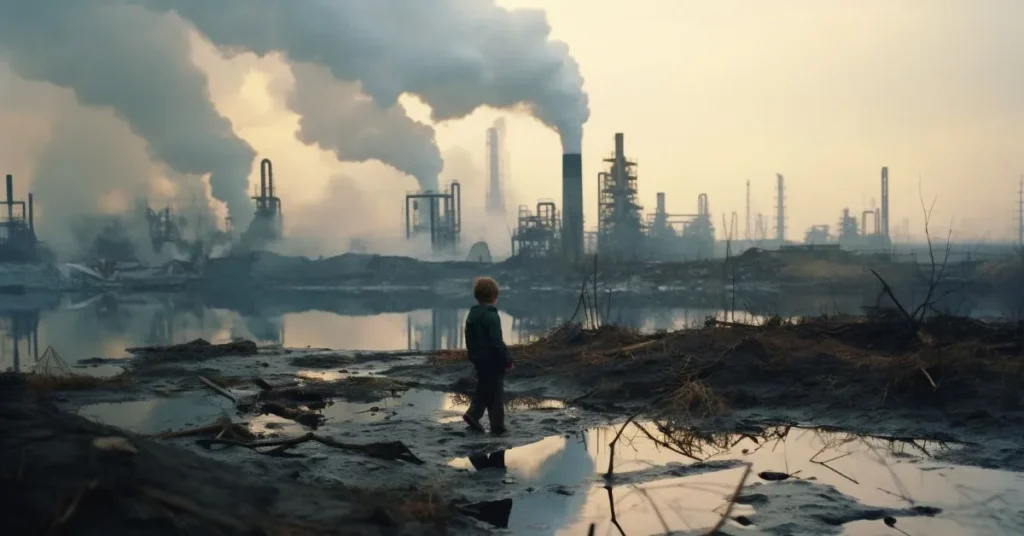
In April of last year, India experienced an intense humid heatwave. While the exact number of deaths related to that heatwave remains unknown, hundreds or even thousands of people likely perished. Comparatively, in Europe, where temperatures are lower and populations less exposed, 70,000 deaths were attributed to high temperatures in a single year. Our study revealed that human-induced climate change made heatwaves in India at least 30 times more likely and increased temperatures by at least 2°C. As the climate continues to warm, similar heatwaves with temperatures exceeding 40°C will become more frequent and intense, necessitating proactive preparation.
Heat action plans have proven to be highly effective in reducing heat-related fatalities. These plans outline measures to be taken before and during dangerous high temperatures, including the development of early warning systems and awareness campaigns, adjustments to working hours for vulnerable workers, rescheduling of school timings, and establishing temporary stations providing drinking water and first aid. While heat action plans have been implemented in some parts of India, such as Ahmedabad and Odisha, resulting in decreases in heat-related deaths, every city and region affected by extreme heat in India should develop and implement such plans.
You said last week that Dubai’s unprecedented rainfall on April 15 was not caused by cloud seeding but by the impact of climate change. Why?
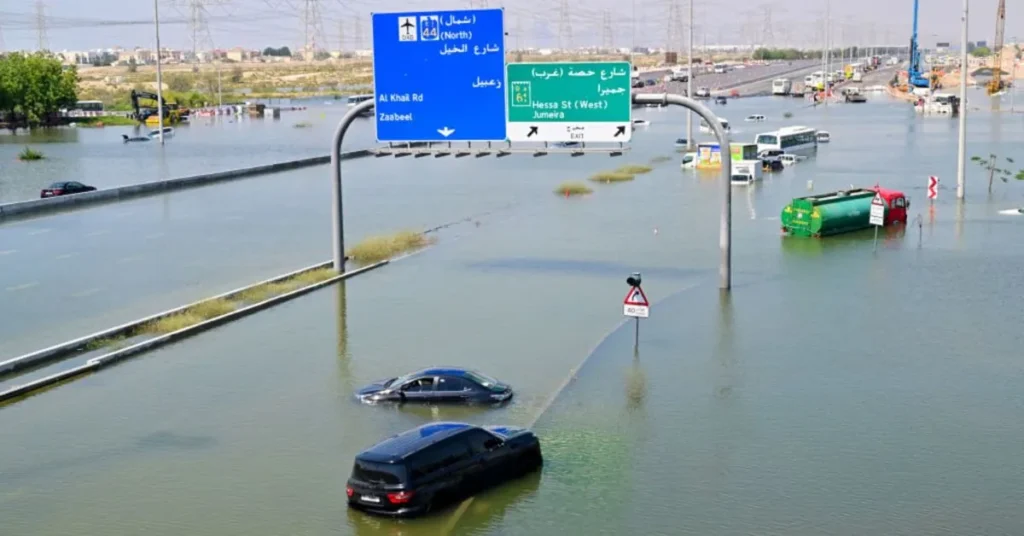
The record-breaking rainfall in Dubai, the heaviest in 75 years, wasn’t the result of cloud seeding. Instead, it was caused by a large rainfall system that developed over the Arabian Sea, leading to extreme precipitation. When discussing heavy rainfall events, it’s crucial to consider the role of climate change. Focusing solely on cloud seeding can be misleading. Globally, rainfall is becoming increasingly intense as the climate warms because warmer air can hold more moisture.
It’s important to understand that cloud seeding cannot generate clouds out of thin air, nor can it transform small clouds into massive thunderstorms. Its function is to accelerate the condensation process of existing moisture in the atmosphere, facilitating precipitation in targeted areas. Therefore, the presence of moisture is essential for cloud seeding to be effective; without it, cloud formation would not occur.
